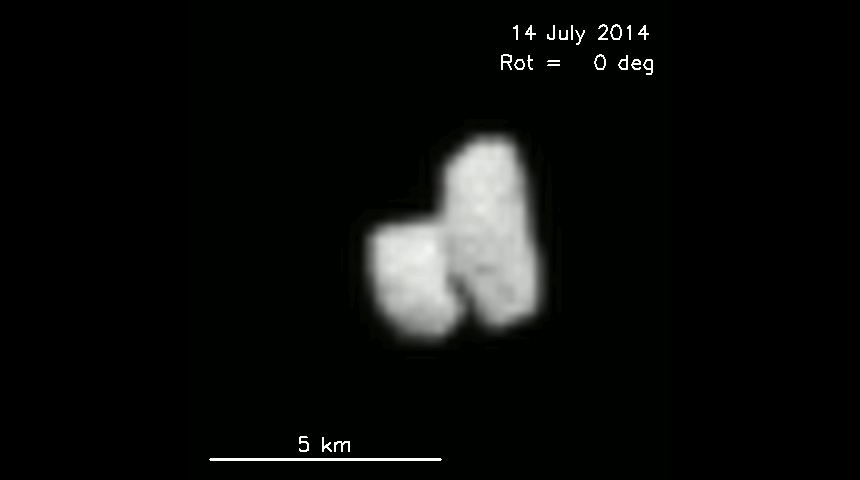Rosetta spacecraft sees possible ‘double’ comet

Rosetta's comet, 67P/Churyumov-Gerasimenko, has an odd indentation that suggests it may be two objects joined together.
ESA/Rosetta/MPS for OSIRIS Team MPS/UPD/LAM/IAA/SSO/INTA/UPM/DASP/IDA

Rosetta's comet, 67P/Churyumov-Gerasimenko, has an odd indentation that suggests it may be two objects joined together.
ESA/Rosetta/MPS for OSIRIS Team MPS/UPD/LAM/IAA/SSO/INTA/UPM/DASP/IDA